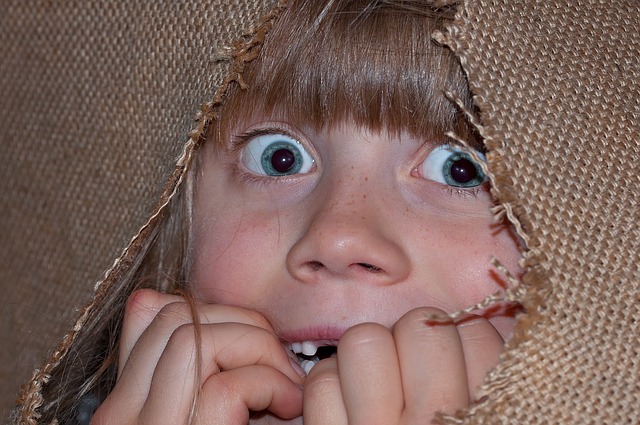An interesting article titled “The impact of dental treatment and age on salivary cortisol and alpha-amylase levels of patients with varying degrees of dental anxiety” written by AlMaummar, AlThabit and Pani appears in BMC Oral Health in 2019 (19:211). The article discusses the use of blood tests to attempt to determine which children might be more susceptible to dental fear. Dental fear has been discussed before on this site such as in the post Dental Anxiety and Fear: Impact on Oral Health.
The study included 151 children who were treated at the dental clinics of King Abdulaziz Medical City and Riyadh Colleges of Dentistry and Pharmacy in Riyadh. Each of the children had behavior screening done using a Frankl behavior rating scale and a Children’s Fear Survey Schedule children’s subscale to assess dental fear. Based on answers to the behavior screening and fear survey the children were placed in three groups: control, phobic, or anxious. Next salivary amylase and cortisol levels were measured with blood tests on the children three months and one year after their prior dental treatments.

The authors found that the levels of salivary amylase were highest in phobic patients and next highest in anxious patients at both the three-month and one-year follow ups. Specifically phobic patients had mean salivary amylase (pcg/l) levels of 69,986.58 and 71,949.42 at 3 months and 1 year after dental treatment, while anxious patients had mean salivary amylase (pcg/l) levels of 48,540.68 and 47,206.11 at 3 months and 1 year after dental treatment, while control patients had mean salivary amylase (pcg/l) levels of 36,381.83 and 36,212.35 at 3 months and 1 year after dental treatment. The authors also found that the levels of salivary cortisol were highest in patients that were phobic and lowest in patients that were control. The authors state
“We found that while the salivary cortisol levels seemed to increase with the fear score there was no significant difference between patients classified as anxious and those classified as phobic. This seems to suggest that while amylase is an indicator of fear cortisol may be an indicator of anxiety ”
The authors pointed out many limitations of their study which included using the Frankl scale which does not allow for the subjective fear experience by the child and a lack of standardization of behavior management techniques. Even so the authors feel their blood tests could allow for targeting children that have dental fear and dental anxiety with behavior modification techniques. Such techniques could help lead to better oral health in children with dental fear and dental anxiety.
